Kiwi berries have a high nutritional value and a unique flavor. However, the domestic production of kiwi berries is limited because the surface area of domestic kiwi berry plantations is rather small. The kiwi berries are not regularly available in the market and many consumers are not familiar with them. This is the time of year when domestic kiwi berries enter the market. Mr. Xie Hailong, spokesperson for specialized kiwi berry company Berry Good Orchard, recently talked about current conditions in the kiwi berry market.
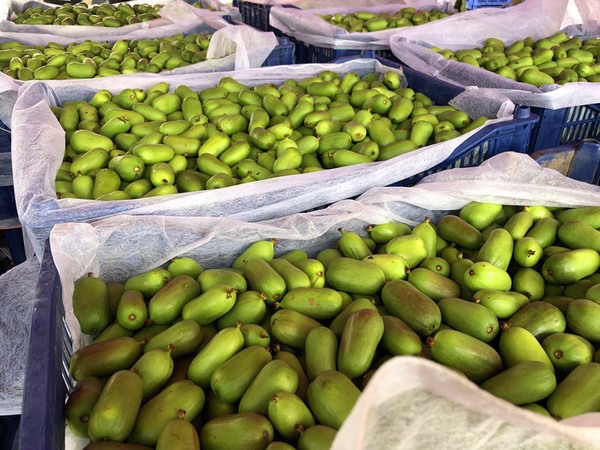
Mr. Xie first talked about conditions in production areas. "The overall surface area devoted to kiwi berry plantation in China slightly expanded in 2022, but the rate of expansion has slowed down due to the ongoing pandemic and the general economic environment. This development was also visible in a weak market for kiwi berry seedlings. The seedlings are planted in winter and spring. But China currently struggles with repeated outbreaks of Covid-19, which affects the market for kiwi berry seedlings. In addition, government policies negatively impact the kiwi berry industry. There is a priority on grains and restrictions for fruit trees, which means that until 2022 the overall surface area devoted to kiwi berry plantation only reached 12,000 hectares. And the surface area of actual fruit-bearing trees is only around 10,000 hectares," said Mr. Xie.
"Moreover, heavy rainfall and frost damage reduced the amount of fruit on the trees compared to the previous year. Production areas in Jiangsu, Shandong, Hebei, and the northeast have all been affected. The conditions in production areas are diverse. The blossom season first begins in the south in late April or early May and then gradually moves north during June. Some of the production areas experience long periods of rain during the blossom season, which affects pollination."
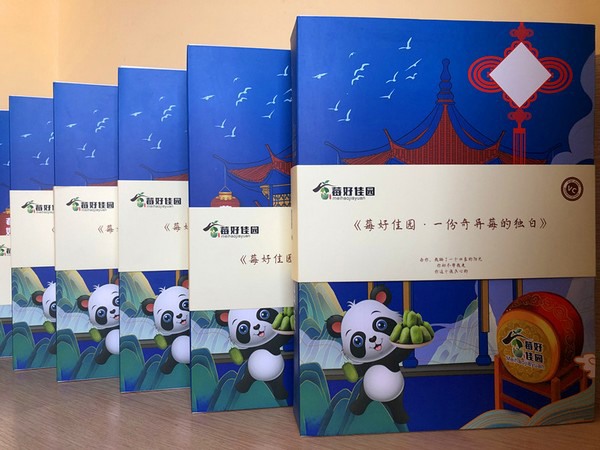
Mr. Xie also explained that there are two main methods of kiwi berry plantation: covered plantation and open field plantation. Kiwi berries enter the market at different times based on the unique conditions in each production area. Kiwi berries from open field plantations in the south and covered plantations in the north enter the market in July. The sales season continues until the middle of November. "Some farmers keep the kiwi berries fresh in air-conditioned warehouses until market conditions are optimal. So even in December and January kiwi berries can still be found in the domestic market."
"As for the market conditions, the average retail price in July is around 50 yuan [7.40 USD] per 0.5 kg, which is a decline of 28% compared to the same period last year. There are many factors that shape the price of kiwi berries. First, the pandemic weakened the high-end market for small varieties of top-quality fruit. The price naturally dropped during the pandemic. In addition, production expansion in the south primarily adds to the supply volume early in the season. Covered plantations in the north further add to the supply volume early in the season, which puts pressure on the price in July."
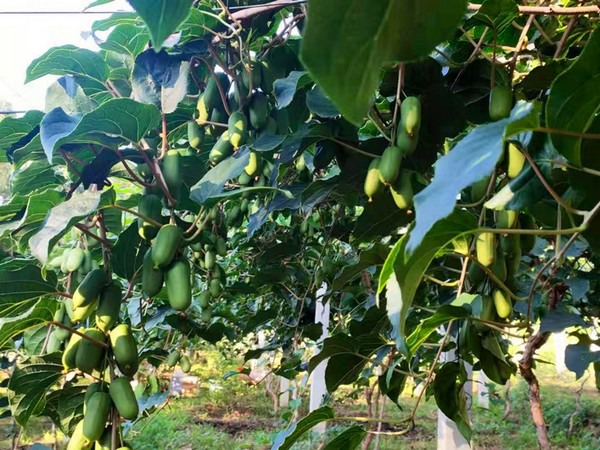
"The sales volume increased in 2021 and market feedback was great, that is why retailers are quite optimistic about the 2022 season. Consumers are also looking forward to a new season. Kiwi berries are a small fruit variety in terms of overall production volume. Consumers have only just begun to notice this fruit, and many consumers have never seen a kiwi berry in their entire life. Kiwi berries are easily drowned out by large fruit varieties that flood the Chinese market in huge volumes."
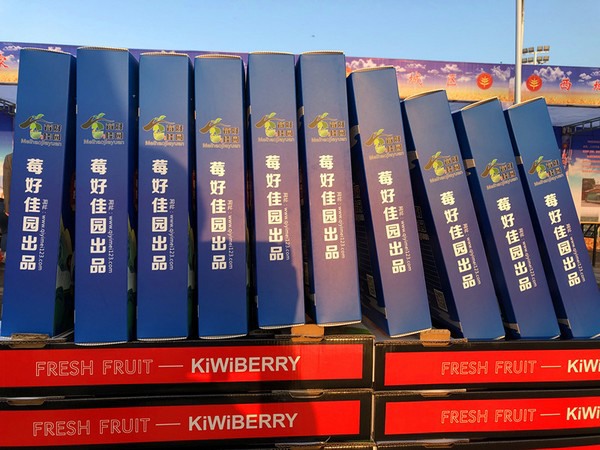
"Berry Good Orchard started growing kiwi berries in 2009. The company began to research cultivation methods and kiwi berry varieties in 2012. Kiwi berries were introduced to the Chinese market from abroad and the price was very high, around 200-300 yuan [29.62-44.43 USD] per 0.5 kg. And the high retail price of kiwi berries also stimulated the price of kiwi berry seedlings," explained Mr. Xie.
"As for plantation, we have accumulated plantation experience, improved plantation technology, and made accommodations that keep the kiwi berries in the shade that they love and out of the scorching sun. We also designed a supportive structure for the kiwi berry trees and patented our design. The supportive structure allows for a cover that reduces the temperature. And the structure facilitates the preservation of moisture in the soil. Once installed the structure is automated, which helps to reduce operational costs and improves product quality. We also improved the marketability of kiwi berries with secondary products such as kiwi berry wine."
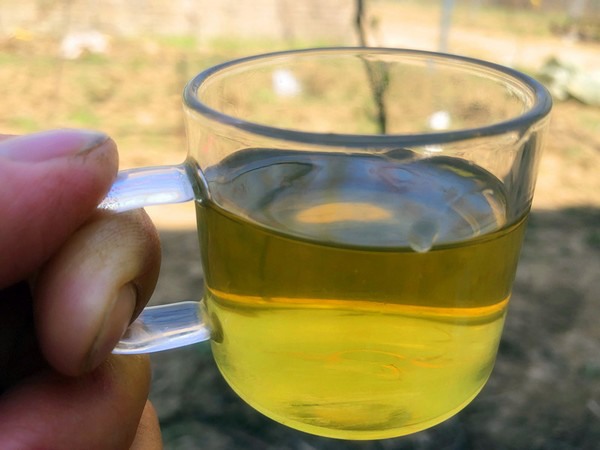
In 2018, Berry Good Orchard set up ecological plantations in Liaoning, Hebei, Shanxi, Hunan, Gansu, and Fujian. These plantations integrate plantation, management, and retail and promote the ecological plantation of kiwi berries.
For more information:
Mr. Xie
Berry Good Orchard
Tel.: +86 188 1150 2396
E-mail: mhjyqym@163.com
